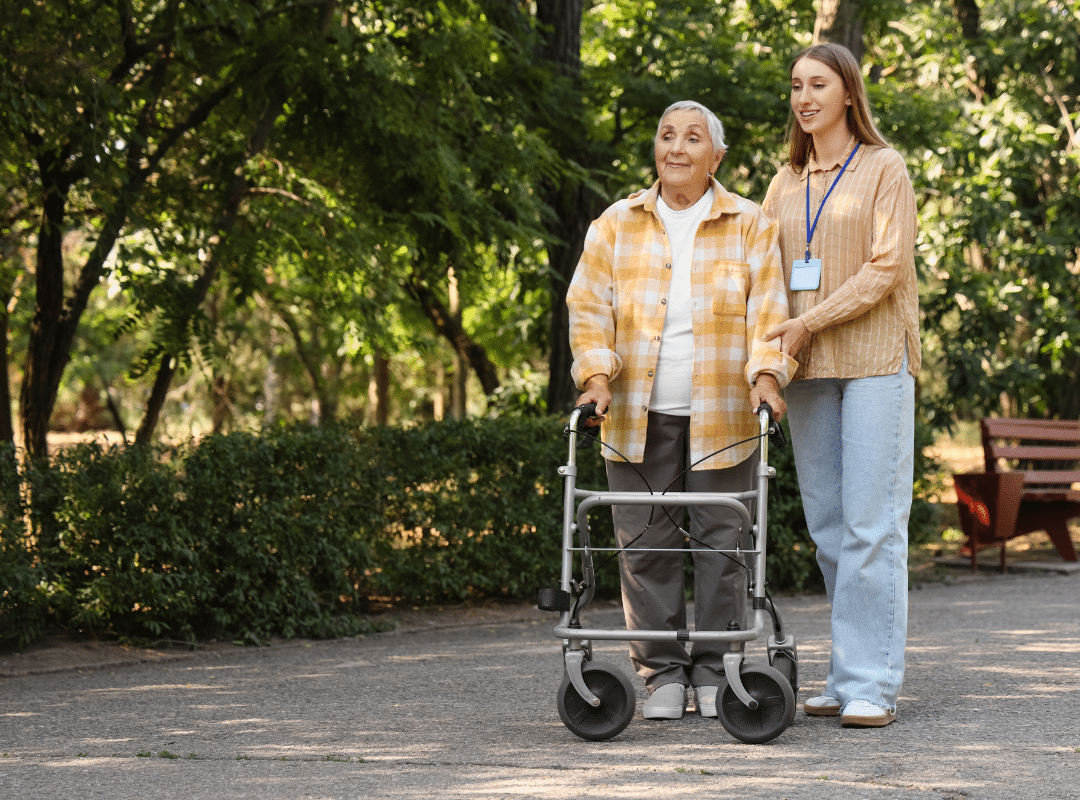
Explore Riverside, CA Parks That Seniors Truly Enjoy
Finding ways to stay active, socially engaged, and connected with nature is vital for seniors—and Riverside, CA parks offer exactly that. Whether you’re seeking quiet
Gain expert insights and practical tips to help seniors and their families navigate senior living with confidence.
Category: Health

Finding ways to stay active, socially engaged, and connected with nature is vital for seniors—and Riverside, CA parks offer exactly that. Whether you’re seeking quiet

Stepping into retirement is more than the end of a career—it’s the start of a vibrant, meaningful chapter of life. At Westmont of Escondido, we
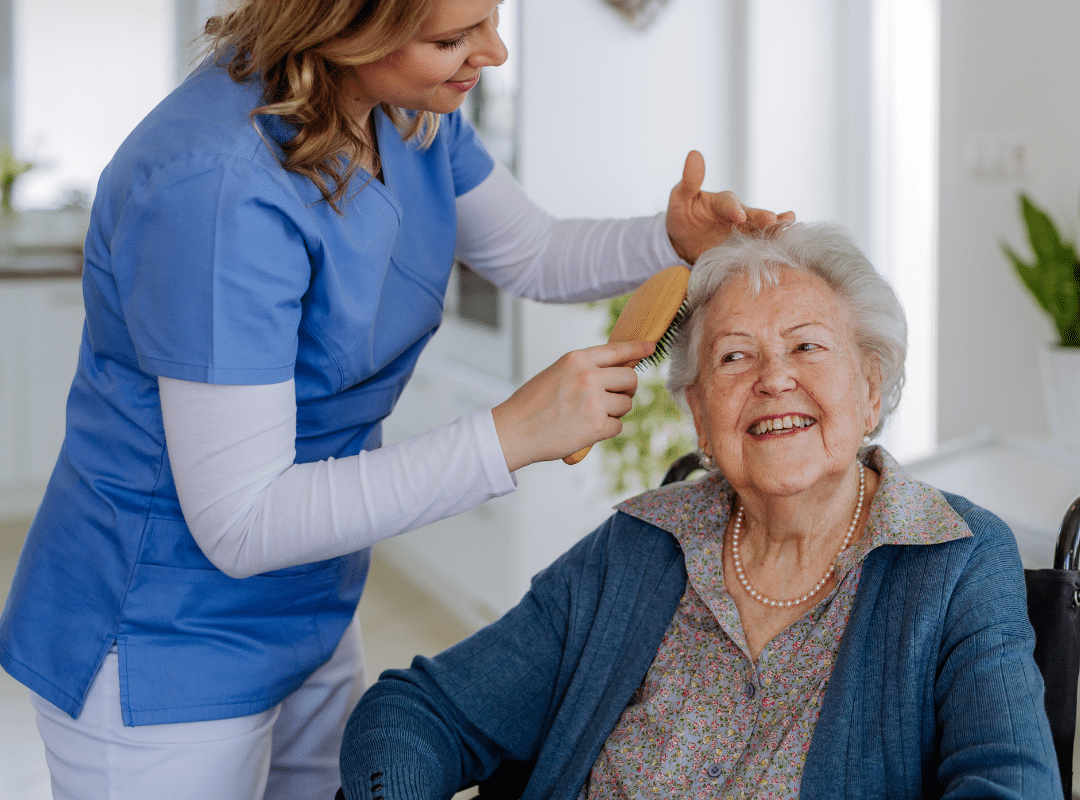
Finding hairstyles for women over 70 that are both flattering and easy to manage can feel overwhelming, but it doesn’t have to be. Whether your
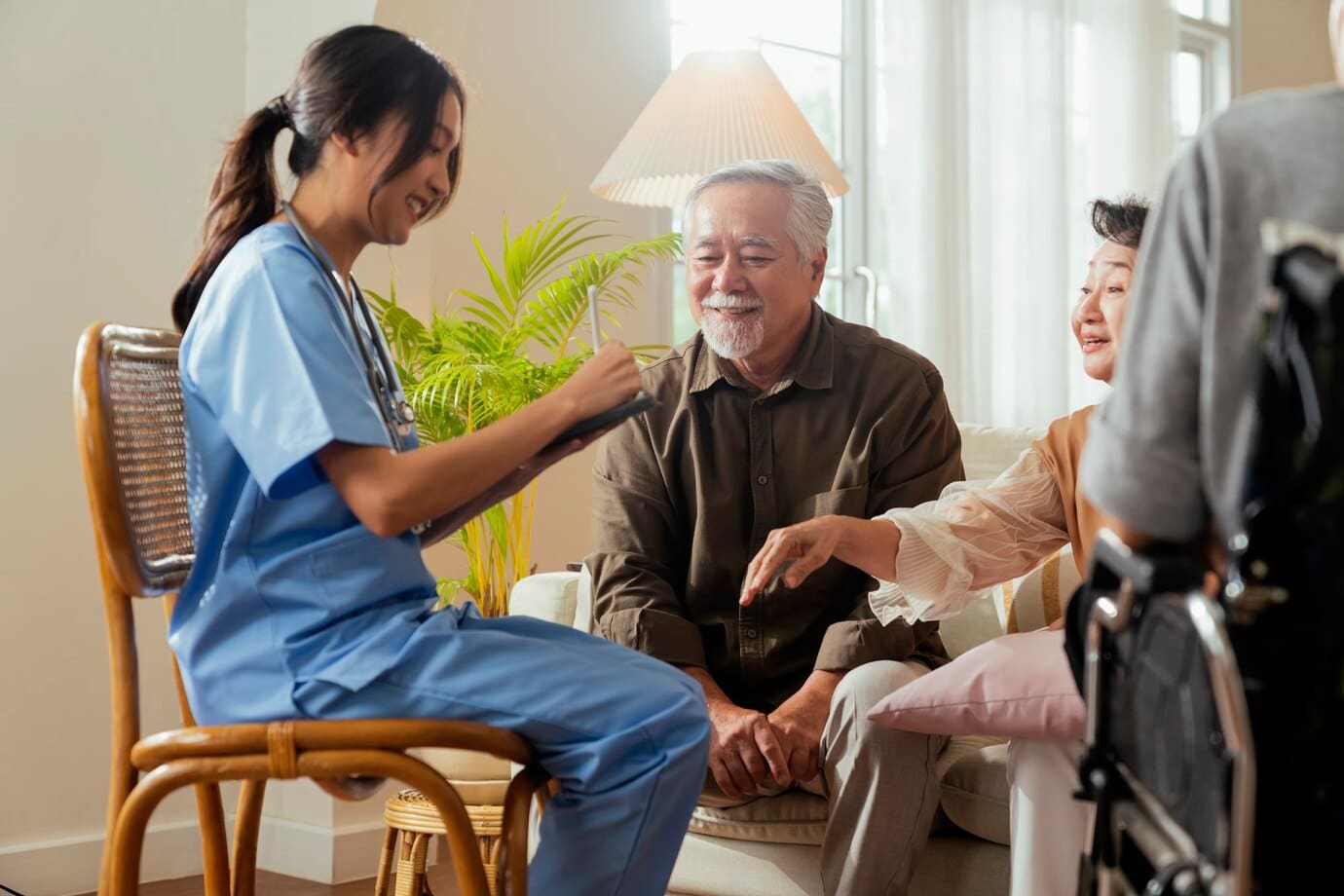
Clear and consistent communications in assisted living are the foundation for a thriving, compassionate senior living environment. At Westmont of Pinole, our team understands how

Planning a day of Riverside, CA shopping? You’re in for a treat. Riverside offers a vibrant blend of retail therapy, family-friendly attractions, and cozy community
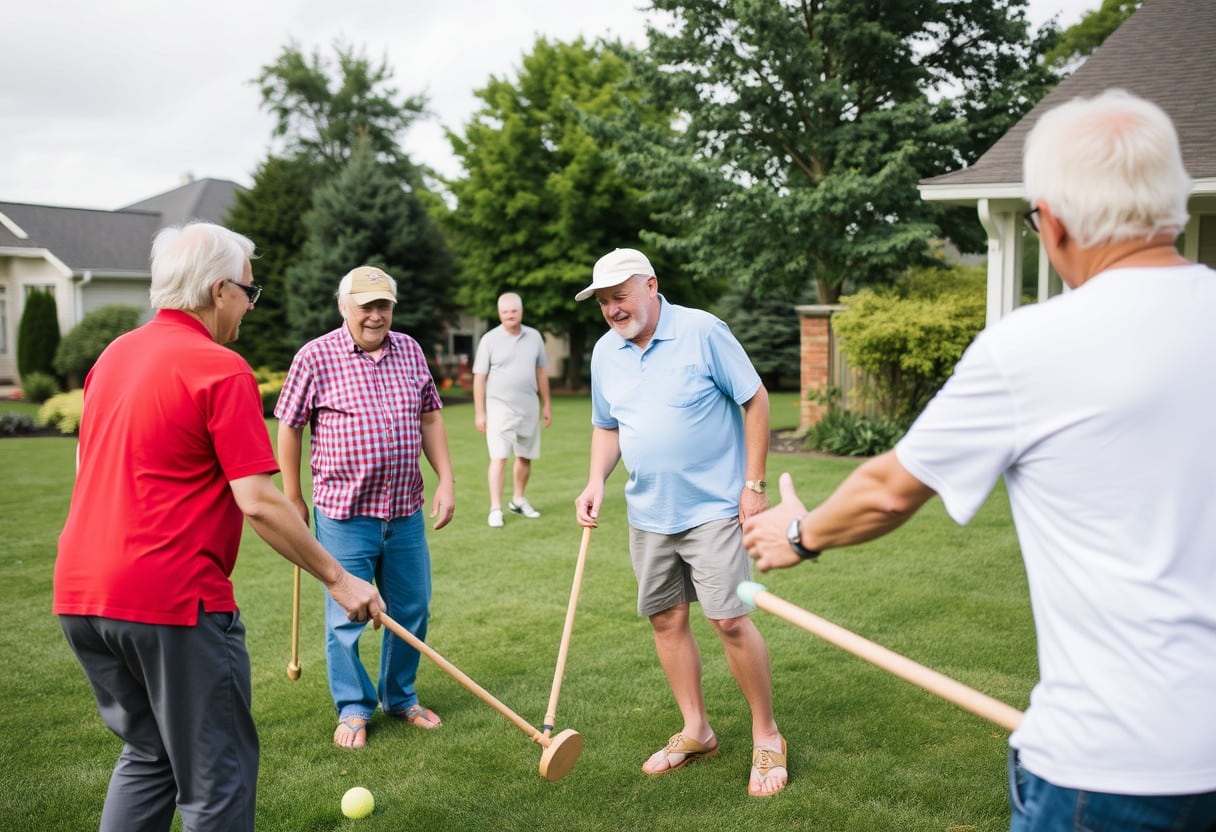
Staying physically and socially active is key to a vibrant and healthy lifestyle in our golden years. One of the most enjoyable and inclusive ways
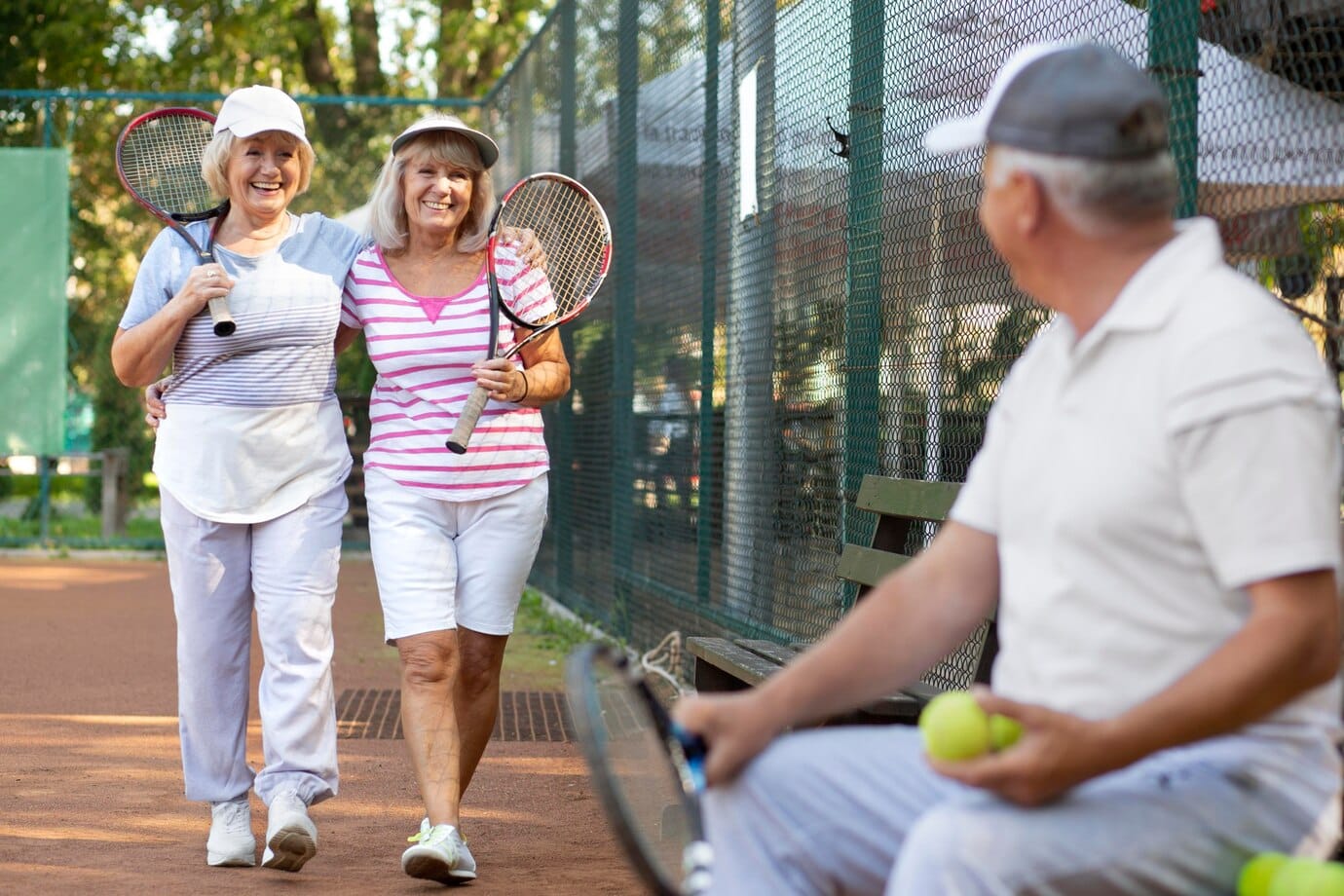
Staying active is essential for seniors, and there’s no better way to combine movement and connection than through an outdoor game for seniors. Whether you’re

As our loved ones age, maintaining proper nutrition can become a challenge—especially when chewing or swallowing becomes difficult. A soft diet for seniors provides a
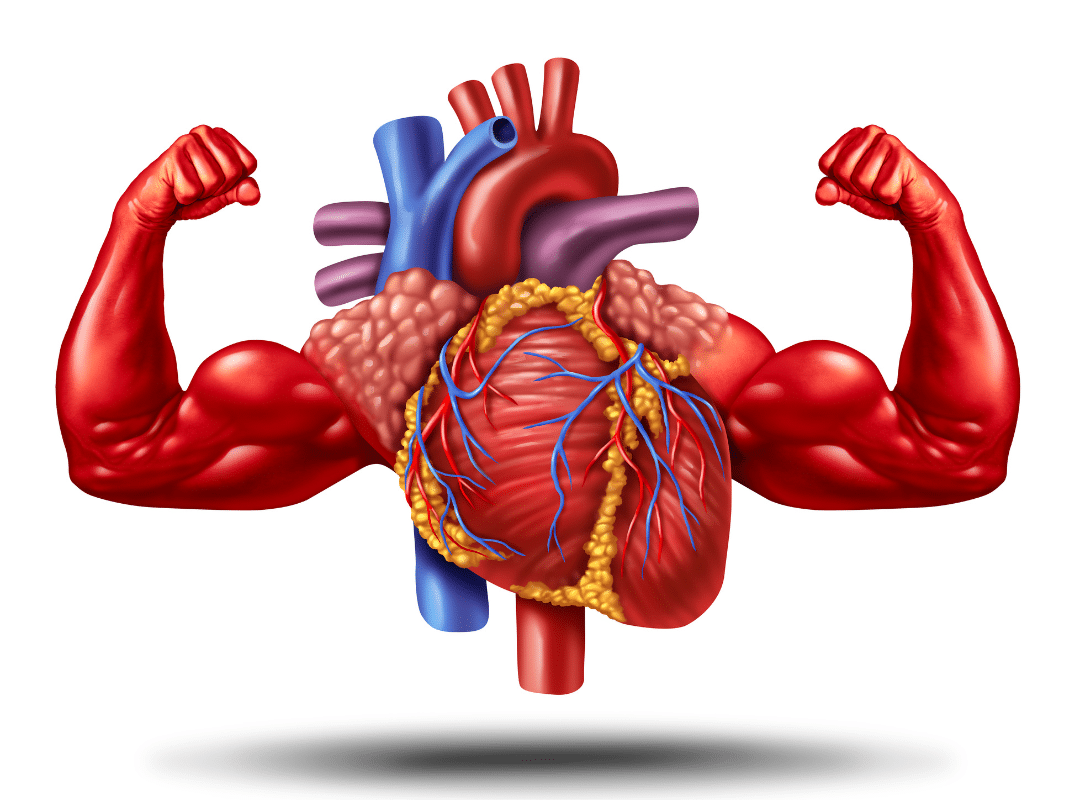
Understanding how to know if the heart is healthy is essential for seniors and caregivers alike. The heart is the engine of the body—yet its

Finding the right assisted living San Diego community for your loved one can be a pivotal decision, balancing the need for support with a desire
Discover the level of care you or your family member requires.
Popular Blogs
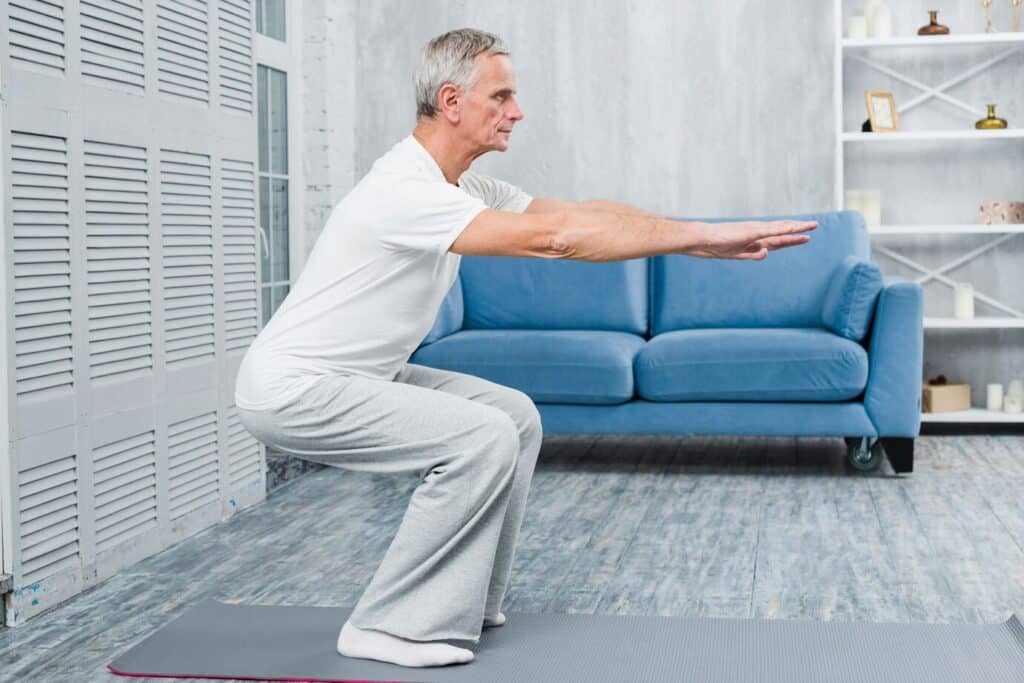


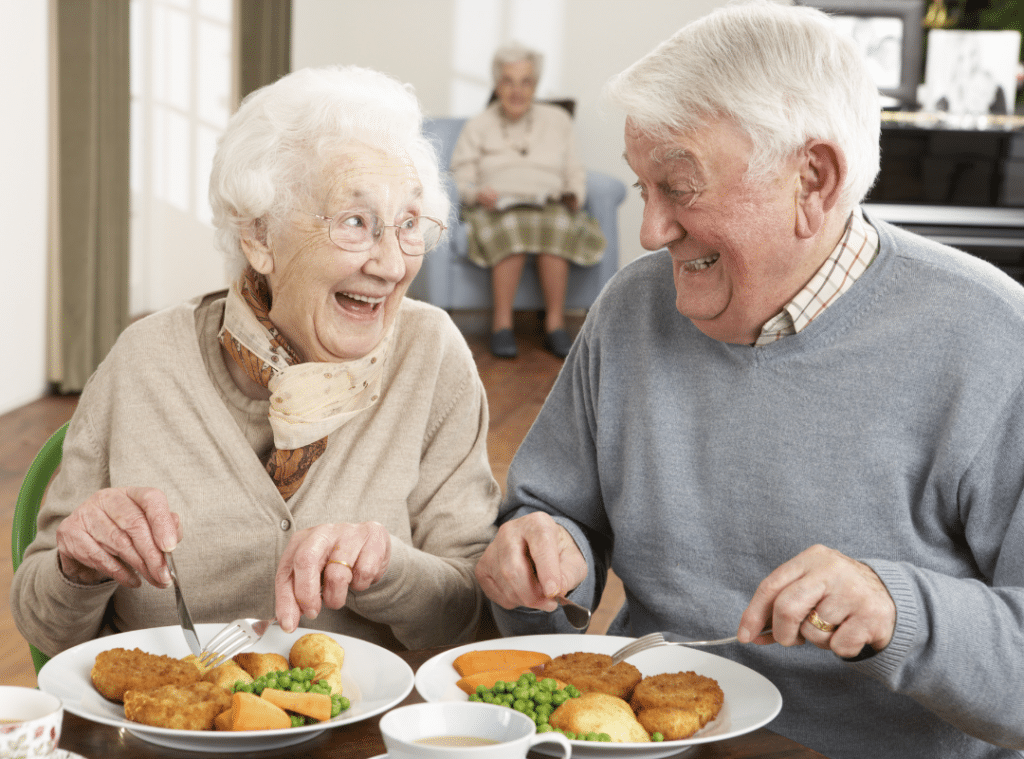
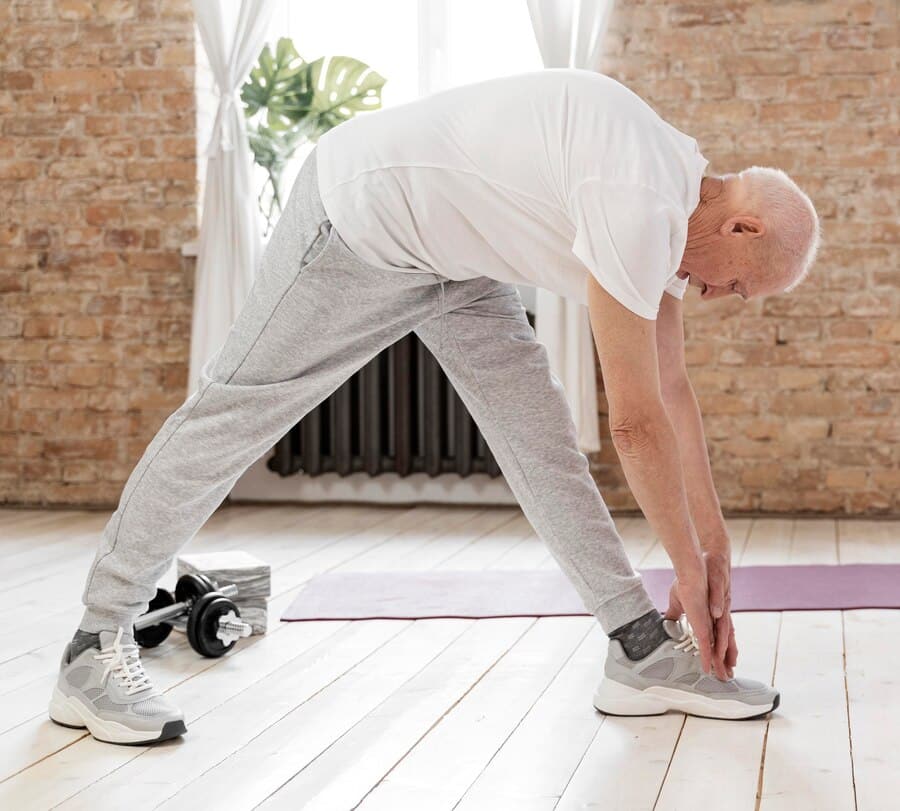
Find out if you or your loved one’s current lifestyle is best suited for long, healthy aging.
Each of our communities across California and Oregon offers a unique blend of activities, connection, and wellness.
Embrace a lifestyle where your interests and independence are celebrated every day.
9000 Murray Drive La Mesa, CA 91942
Luxury redefined in a resort-style setting, tailored for dynamic senior living experiences.
190 Via Jero, Goleta, CA 93117
Where warmth meets care, curating an inviting senior living experience.
17050 Arnold Drive Riverside, CA 92518
A harmonious blend of belonging, independence, and enriching senior lifestyles.
All Rights Reserved. Powered by ConversionFormula.
Pick a Westmont community to explore and schedule your personal walkthrough!
Make yourself at home where a happy, healthy lifestyle goes hand-in-hand with your personal fulfillment, enrichment, and growth.
Answer a few quick questions to unlock the exciting future senior living can offer!